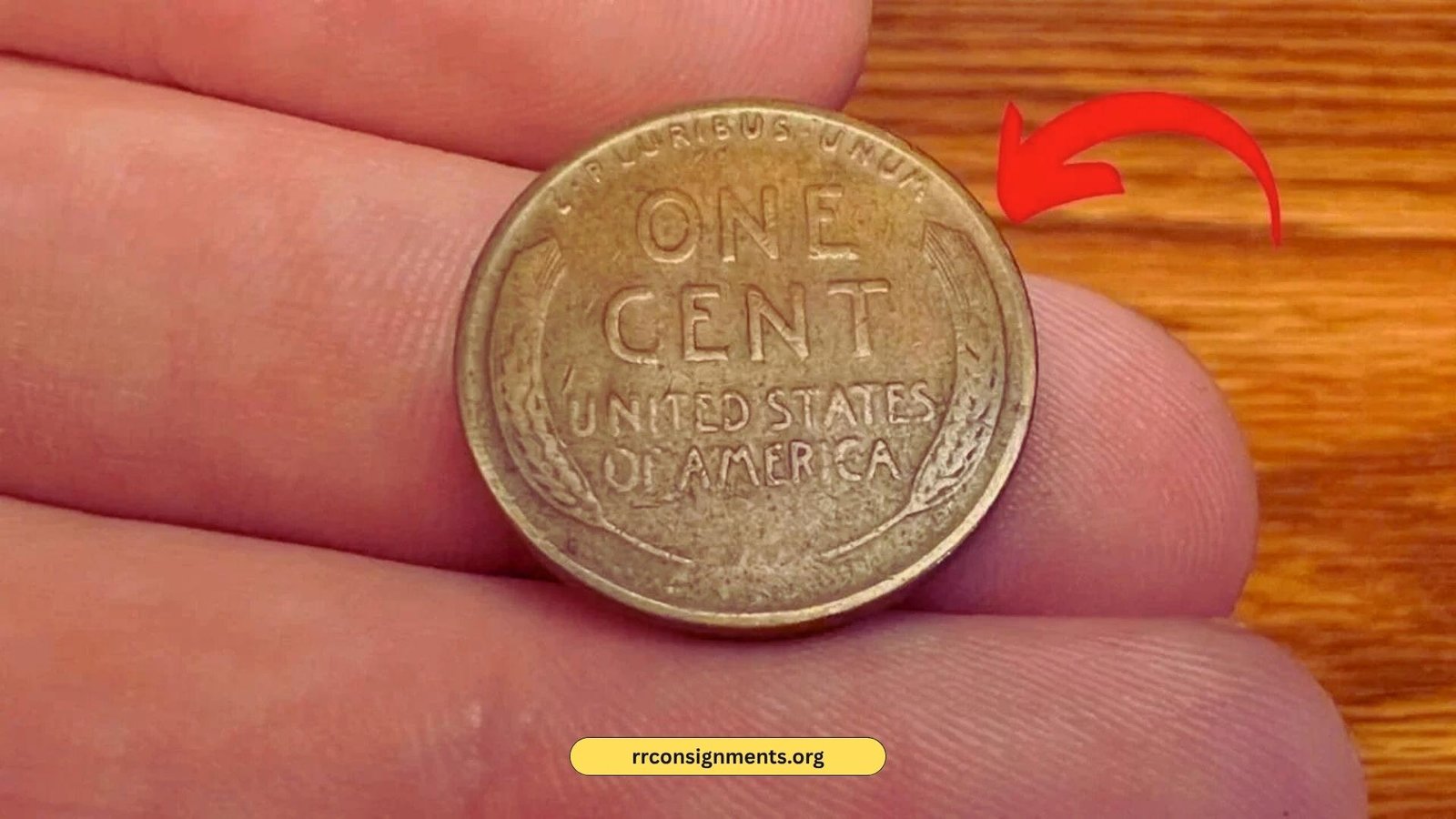Imagine finding a penny that could buy a mansion. A single Lincoln Wheat Penny, worth up to $1.5 million, might be hiding in your change. This tiny coin, a piece of American history, holds secrets that could change your life. Read on to uncover its thrilling story!
What Is the Lincoln Wheat Penny?
The Lincoln Wheat Penny is a U.S. cent minted from 1909 to 1958. It features Abraham Lincoln’s profile on the front and two wheat stalks on the back, earning its name. While most are worth mere cents, rare versions, like the 1943 bronze penny, fetch millions due to minting errors. Could one be in your pocket?
The Surprising History of the Lincoln Wheat Penny
Introduced in 1909 to honor Lincoln’s 100th birthday, this coin was groundbreaking. Designed by Victor David Brenner, it was the first U.S. coin to feature a real person, not a symbolic figure like Lady Liberty. The wheat penny design ran until 1958, surviving wars and economic shifts.
In 1943, World War II changed everything. Copper was needed for munitions, so the U.S. Mint switched to zinc-coated steel for pennies. But a few copper blanks were accidentally used, creating the ultra-rare 1943 bronze penny. Only about 15–20 exist, making them legendary among collectors.
Why Is the Lincoln Wheat Penny So Valuable Today?
The value of a Lincoln Wheat Penny depends on rarity, condition, and minting errors. The 1943 bronze penny, mistakenly struck in copper, is a collector’s dream. One sold for $1.7 million in 2010, with estimates now reaching $1.5 million or more in pristine condition.
Other valuable pennies include the 1909-S VDB (only 484,000 minted) and 1914-D (low mintage of 1.2 million). These coins, especially in mint condition, can fetch hundreds of thousands. Their historical significance and scarcity drive demand, making them treasures for numismatists.
Most Valuable Lincoln Wheat Pennies
| Year & Mint | Key Feature | Estimated Value | Rarity |
|---|---|---|---|
| 1943 Bronze | Copper error | Up to $1.5M | ~15–20 known |
| 1909-S VDB | Designer’s initials, low mintage | Up to $500K | 484,000 minted |
| 1914-D | Low mintage | Up to $300K | 1.2M minted |
| 1955 Doubled Die | Visible doubling error | Up to $114K | ~24,000 minted |
How to Spot a Million-Dollar Penny in Your Change
You don’t need to be a coin collector to strike it rich. Rare pennies could be in your wallet, coin jar, or inherited collection. Here’s how to hunt for a valuable Lincoln Wheat Penny:
- Check the Year and Mint Mark: Look for 1909-S VDB, 1914-D, or 1943. Mint marks (“S” for San Francisco, “D” for Denver) are below the date.
- Test 1943 Pennies: Use a magnet. Steel pennies stick; bronze pennies don’t. Weigh it—bronze weighs ~3.11 grams, steel ~2.7 grams.
- Inspect Condition: Mint-state coins (no wear) are worth more. Avoid cleaning, as it reduces value.
- Get Professional Grading: Services like PCGS or NGC authenticate and grade coins, boosting their market appeal.
Start checking your change today—you might uncover a fortune!
Jaw-Dropping Facts About Lincoln Wheat Pennies
- A teenager found a 1943 bronze penny in his school cafeteria change in 1947, later selling for $204,000.
- The 1909-S VDB caused a scandal due to Brenner’s initials, leading to their removal after a small batch was minted.
- Some rare pennies have been found in everyday places like coin rolls, flea markets, or piggy banks.
- Counterfeits exist, especially for high-value coins like the 1943 bronze. Always authenticate with experts.
Common vs. Rare Lincoln Wheat Pennies
| Type | Value Range | Where to Find | Collector Demand |
|---|---|---|---|
| Common Wheat Penny | $0.03–$10 | Pocket change, coin jars | Low |
| Rare Wheat Penny | $100K–$1.5M | Old collections, rolls, auctions | Extremely High |
Expert Tips for Coin Collectors
Ready to dive into numismatics? Here are insider secrets to maximize your coin collecting success:
- Focus on Condition: Buy the highest-grade coins you can afford. Pristine coins fetch higher prices.
- Authenticate Always: Counterfeits are common for rare coins. Use reputable grading services to verify authenticity.
- Join Collector Communities: Online forums and local clubs share tips on finding valuable pennies.
- Store Properly: Use plastic holders to protect coins from scratches or wear, preserving their value.
- Stay Patient: Finding a million-dollar penny is rare, but checking change is free and fun!
FAQs About Lincoln Wheat Pennies
Q: Can I still find a $1.5 million penny in circulation?
A: Yes, it’s possible! Rare Lincoln Wheat Pennies like the 1943 bronze have been found in change, though it’s extremely rare. Check old jars or rolls.
Q: Why is the 1943 bronze penny so valuable?
A: During WWII, pennies were steel to save copper. A few copper blanks were mistakenly used, creating rare 1943 bronze pennies.
Q: How do I know if my penny is valuable?
A: Check the year, mint mark, and material. Get it graded by PCGS or NGC for an accurate value.
Q: Should I clean my penny to make it shine?
A: Never clean a rare coin! Cleaning can drastically reduce its value. Keep it as-is and consult an expert.
Conclusion: Your Next Penny Could Be a Treasure
The Lincoln Wheat Penny is more than pocket change—it’s a portal to history and potential wealth. From the 1943 bronze penny worth $1.5 million to the 1909-S VDB, these coins tell stories of mistakes and scarcity. Next time you see a penny, don’t toss it. Check the date, grab a magnet, and dream big. Share your finds with fellow coin collectors, and who knows? You might uncover a life-changing treasure!











